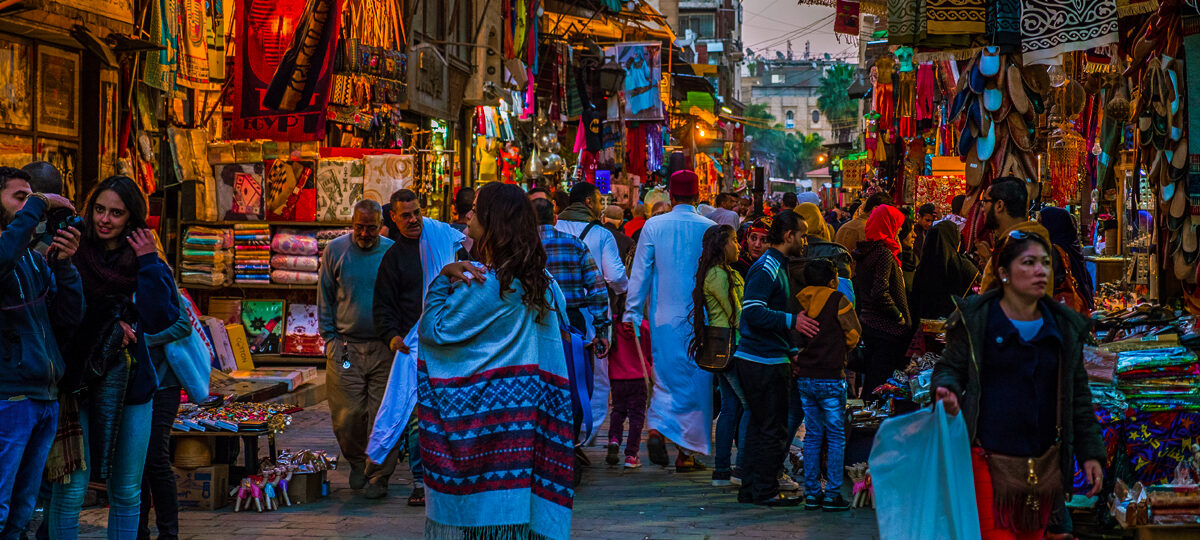Al-Muizz Street
When the Fatimids took over Egypt in 969 AD, the Ikhshidid Abbasids, who had been in charge of Egypt since 905 AD, had destroyed the province and its capital, Fustat, with high taxes and bad rule. The Fatimids moved right away to make sure that Egypt and its people were under their control. They did well.
Al-Muizz, the new caliph, started a huge construction project, which included fixing roads, rebuilding the canal system, which was important for farming in the Nile Valley, and building a new capital, Al-Qahira. The Fatimids were Shi’a Muslims who wanted to spread their version of Islam across the provinces of the Sunni Abbasid Caliphate. They built Al-Qahira to compete with the grandeur of the Abbasid capital, Baghdad. This set the stage for the growth of modern Cairo.
Al-Muizz Al-Deen Allah was the name of the street.

Al-Muizz Al-Deen Street was built as the main road through the Fatimid capital. It was named after Egypt’s first Fatimid Caliph. When successive Sunni Caliphates took back control of the city, most of it was destroyed. However, Muizz Street kept its importance. Along this route, which goes through the middle of the city, are many of the palaces, mosques, and monuments of the Ayyubid, Mamluk, and Ottoman monarchs, who ruled Egypt after the Fatimids and continued to build new buildings.
Al-Muizz Street still has the most important Islamic buildings in one place than anywhere else in the world, and this is still the case.
It is one of the most important places in Egypt’s Islamic history because it goes all the way through the city’s center, from Bab Al-Futuh in the north to Bab Zuweila in the south. Along its length, you can see beautiful monuments and visit a lively neighborhood where hundreds of artists make things that are sold in Khan Al-Khalili, which is in the middle of the street’s length. Every time you go to Cairo, you must walk down this street and then through the maze of shops in Khan Al-Khalili before heading back to your hotel.
With its convenient location on Al-Muizz Street, visitors can easily get a sense of both Islamic Cairo’s history and the new neighborhood that has grown up next to the old buildings. In the past few years, work has been done to fix up the part of the road between Bab Al-Futouh and Azhar Street (next to Khan Al-Khalili). Since work to fix up the southern part of the road just started, it will be harder to get there in the near future.

